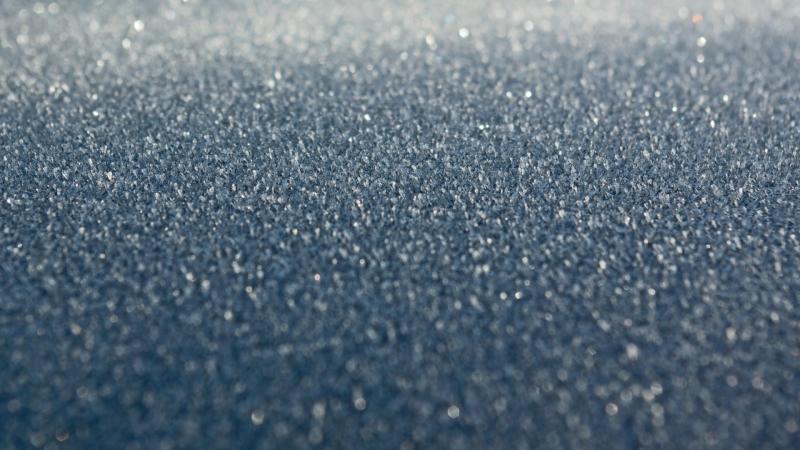
Scientists from Indian Institute of Technology Kharagpur (IIT Kgp) and GLA University, Mathura have developed a novel, low power humidity sensor using molybdenum disulphide nanoflakes and platinum nanocrystals.
Humidity refers to the amount of water vapour in the atmosphere. A high percentage water vapour in the atmosphere can be detrimental to our electronic devices, causing corrosion and damaging the device, and our infrastructure by causing mould damage. And, as humans cool-off through perspiration or sweating, high humidity can also upset the rate at which sweat evaporates affecting the body’s temperature control. Detecting high levels of humidity is a priority for comfortable living.
In the new study, researchers developed few-layered Molybdenum Disulphide (MoS2) decorated with platinum nanoparticles (PtNPs) to function as a low power, highly sensitive humidity sensor. Bulk powder of MoS2 was mixed with an appropriate solvent and then exfoliated to form the nanoflakes. Next, chloroplatinic acid hexahydrate were reduced to Pt NPs using a novel reduction technique using sulphide salt, to fabricate the Pt/MoS2 composite structure. The structure of the composite formed was confirmed to be that of MoS2 decorated with Pt nanoparticles, using various material characterization tools like scanning electron microscopy, atomic force microscopy, transmission electron microscopy, x-ray diffraction, x-ray photoelectron spectroscopy, Raman spectroscopy and UV–visible spectroscopy.
To check their performance as a humidity sensor, the Pt/Mos2 composites were drop coated onto gold interdigitated electrodes to form a humidity sensor. The sensor was then exposed to various levels of relative humidity. The team fabricated composites with different amounts of Pt nanoparticles coating the MoS2 nanoflakes, to arrive at an ideal composition which could accurately measure the humidity, while remaining robust and efficient.
The results show, a mixing ratio of 0.25:1 of Pt NPs to MoS2 had the best response of all the samples measured. The response and recovery time of the newly developed sensor was also measured, and found to be around 92s and 154s respectively, indicating the sensor could make continuous observations, without much break between each measurement. The researchers further went on to explain the working of the sensor and the sensing mechanism. The low power consumption, response and recovery times, and the high efficiency of the device make it ideal for mass deployment for humidity measurements.






